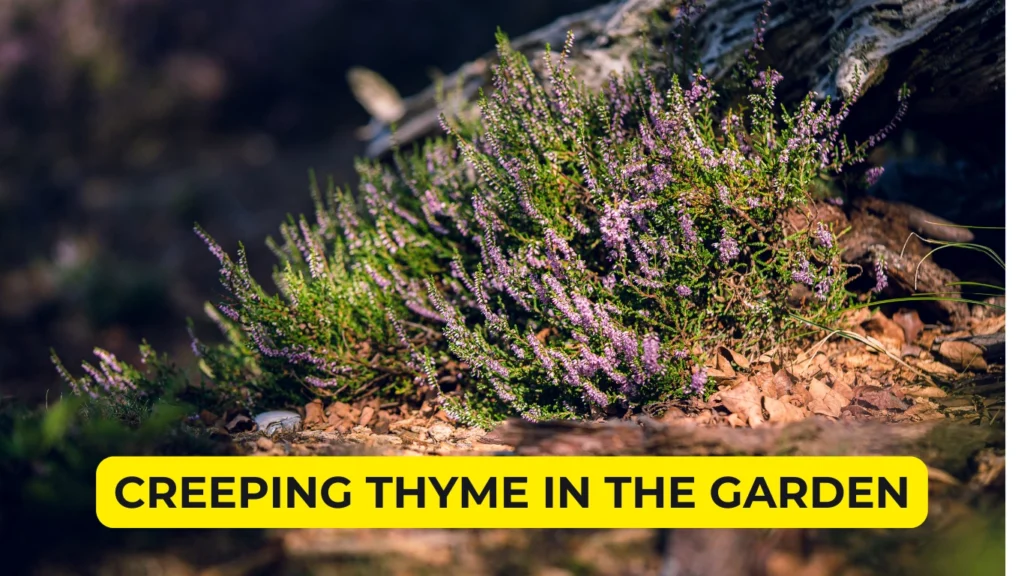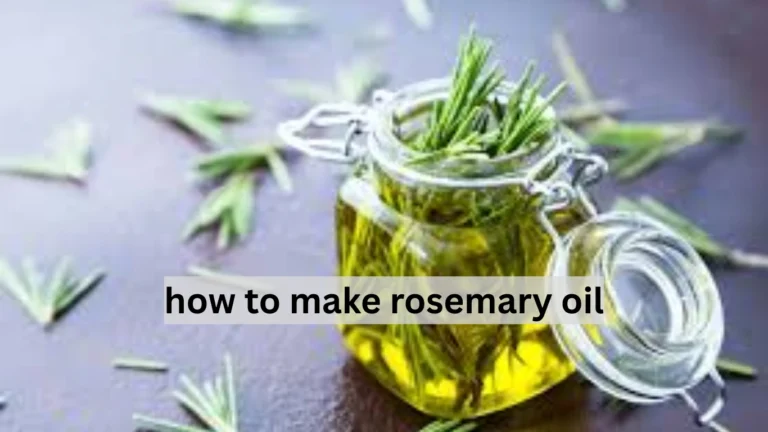Red Creeping Thyme: Beautiful and Hardy Ground Cover
Red creeping thyme is a vibrant and low-maintenance ground cover that transforms any landscape with its rich red blooms and dense green foliage. Known for its ability to thrive in full sun and poor soil, this hardy plant spreads quickly, filling gaps between stones or covering bare patches in dry yards. It resists drought, attracts pollinators, and releases a pleasant herbal scent when walked on. creeping thyme is both functional and beautiful, making it a top choice for eco-friendly, low-water gardens.
What is Red Creeping Thyme?
Red creeping is a tough yet charming herb that grows close to the ground and spreads across the soil like a soft mat. This plant is part of the mint family and is known for its small, vibrant pink to red flowers that bloom in summer. It has a pleasant smell and is often used as a decorative, low-maintenance ground cover in gardens and landscapes.
This plant is popular because it stays green most of the year and survives in poor soil. People use it between pavers, on walkways, or even to replace grass in dry areas. Red creeping is both beautiful and practical, making it a favorite among gardeners.
Growing Conditions for Creeping Thyme
Red creeping grows best in sunny areas and well-drained soil. It prefers dry conditions and dislikes soggy spots. If you plant it in heavy clay soil, you should mix in some sand or compost to help with drainage. It needs about six hours of sunlight daily to bloom well and stay healthy.
Water the plant lightly until it gets used to its new home. After that, you only need to water when the soil is very dry. This plant does not like too much water and does better when left alone most of the time.
Best Time to Plant and How to Space It
You can plant creeping thyme in spring or fall. Spring is often better because the plant has time to grow roots before the next winter. When planting, space each plant 12 to 18 inches apart. This spacing allows them to spread naturally and fill in empty spots over time.
If you start from seeds, lightly press them into the soil surface. Do not cover them because they need sunlight to sprout. Keep the area moist until you see little green shoots begin to grow.
Benefits of Creeping Thyme in the Garden

creeping thyme offers more than just color. It helps prevent weeds by covering the soil and blocking light from reaching weed seeds. It also attracts bees and butterflies with its flowers, which makes it great for pollinator gardens.
Another benefit is its scent. When you walk on the plant, it releases a soft, herbal fragrance that smells fresh and clean. It also resists pests like rabbits and deer, making it a smart pick for problem areas.
Table: Quick Facts About Red Creeping Thyme
| Feature | Details |
|---|---|
| Botanical Name | Thymus praecox ‘Coccineus’ |
| Common Name | Creeping Thyme |
| Type | Perennial ground cover |
| Bloom Time | Late spring to summer |
| Sun Requirement | Full sun (6+ hours) |
| Watering Needs | Low once established |
| Soil Preference | Well-draining, sandy or rocky |
| Growth Height | 2 to 4 inches |
| Spread | Up to 18 inches |
| USDA Zones | 4 to 9 |
This table shows the basic growing needs and benefits of red creeping , making it easier to decide if it fits your garden style.
Seasonal Care Tips for Healthier Plants
During the first growing season, you should water red creeping more often to help the roots grow strong. Once it is settled in, the plant needs very little care. Prune it after flowering to keep it from getting too woody and to help it spread more evenly.
In colder areas, add a light layer of mulch to protect the roots during winter. Do not over-mulch, as this can trap moisture and cause the plant to rot. In spring, cut back any dead sections so new growth can come through easily.
Landscaping Ideas with Creeping Thyme
Many gardeners use red creeping places where other plants won’t grow. You can plant it between stones, along garden borders, or in rock gardens. Some people even plant it as a lawn alternative because it does not need mowing or much water.
Its flowers create a sea of color during late spring and early summer. Even when it is not blooming, the green leaves provide a soft, clean look to any yard. And since it tolerates foot traffic, it is perfect for walkways and patios.
Common Problems and Simple Fixes
Red creeping is usually trouble-free, but sometimes issues come up. The most common problems are overwatering, poor sunlight, and winter damage. These problems are easy to solve if you spot them early.
Root rot happens when the soil stays too wet. Make sure the area drains well and never let the plant sit in water. If it looks thin or weak, it may not be getting enough sunlight. Trim it back a little and move it if needed. For winter care, light mulch helps protect it from cold winds.
Why Red Creeping is a Great Investment
If you want a plant that does more than just look good, red creeping is a smart choice. It saves water, reduces weed growth, and makes your garden smell great. It is easy to grow and needs little care once it settles in.
More gardeners are using red creeping as a lawn replacement or pathway filler. Its bright flowers, fragrant leaves, and tough nature make it one of the best low-maintenance plants out there. It brings beauty and function together in one simple solution.
Conclusion:
Red creeping is more than just a pretty plant it is a smart, sustainable choice for gardeners seeking color, coverage, and resilience. From its vibrant red flowers and fragrant foliage to its drought resistance and pollinator appeal, this hardy ground cover checks every box. Whether you’re filling gaps in a stone path or replacing thirsty grass, red creeping brings beauty, function, and ease to any outdoor space. Once planted, it rewards you with years of low-maintenance charm.
FAQs
Q1: Is red creeping thyme a perennial?
Yes, red creeping is a hardy perennial that returns year after year with proper care.
Q2: Can red creeping thyme handle foot traffic?
Yes, it can tolerate light foot traffic, making it perfect for paths and walkways.
Q3: Does red creeping thyme need full sun?
Absolutely! It grows best in full sun with at least 6 hours of sunlight daily.







